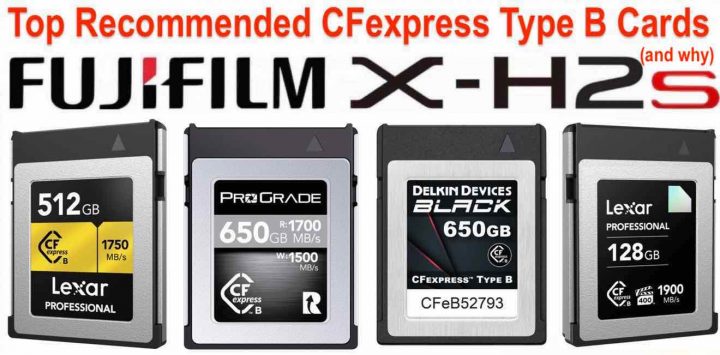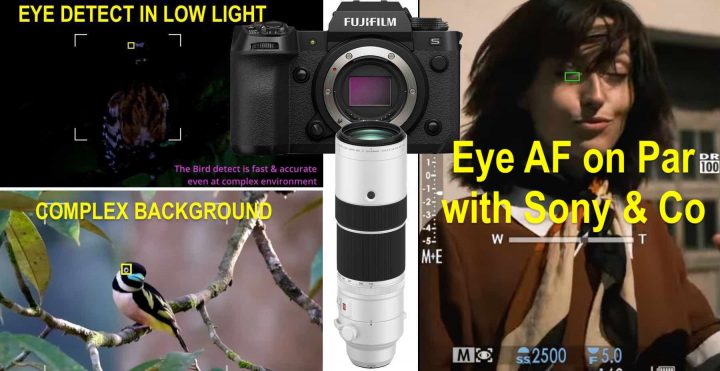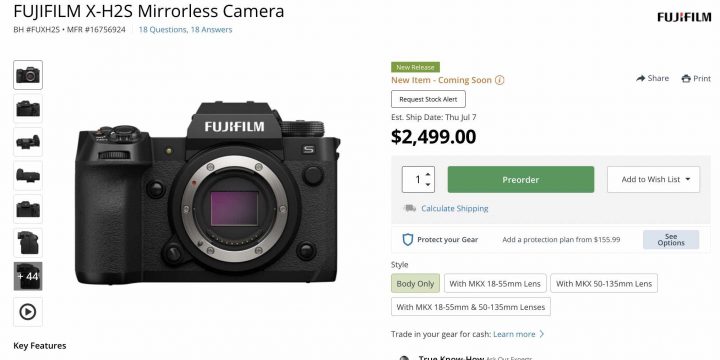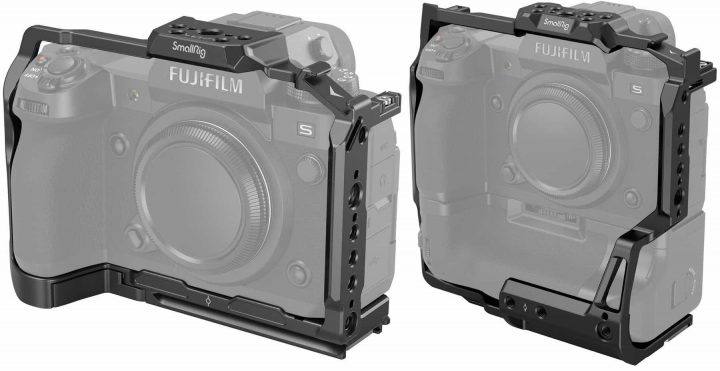Fujifilm X-H2S Autofocus Tracking vs X-T4, for Wildlife and Performance on Older XF Lenses (XF56mmF1.2 Included)
The French channel Les Guides Fujifilm has published a video about the Fujifilm X-H2S autofocus performance under many different scenarios.
- Fujifilm X-H2S: BHphoto / AmazonUS / Adorama / Moment / Focuscamera
It’s a 40 minutes video where he tests:
- X-H2S vs X-T4 eye/face tracking
- X-H2S tracking a running dog
- X-H2S tracking kids (running and on bicycle)
- X-H2S for Wildlife
- X-H2S at 40fps and 30fps tracking (dog and kids)
- how good several Fujinon lenses work on X-H2S
- low light stills tracking in a circus
- low light video tracking in a circus
Lots of stuff, right?
You don’t have time right now to watch it all?
Well, for your convenience I’ve made a summary down below and I’ll also give you time stamps so that you can jump to the section that interests you most.
NOTE 1: when he scrolls very quickly through the images you see them unsharp. This happens because his computer is not rendering at full res. When he stops on an image it gets rendered and it becomes sharp.
NOTE 2: I speak four languages, but sadly French is not one of them (although I understand it a bit). In case any French FR-reader notices an error or wants to add something, feel free to let me know in the comments.




